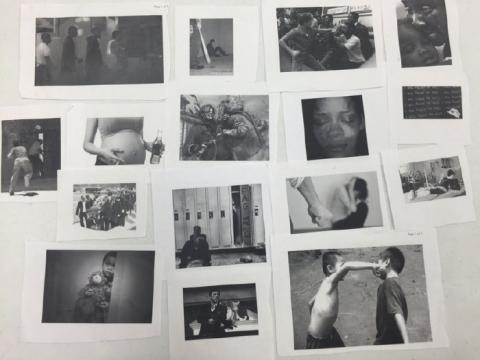Calming Corner
A calming corner (also known as a calm down corner or comfort corner) is a small, designated space located within a classroom. The purpose of a calming corner is to help support self-regulation while keeping students in the classroom if they need a break from instruction time or a group activity. When students experience stress…











